
What affects the taste of black coffee? The answer: an interplay of nine variables, each playing an important role in shaping the final taste.
Once you understand what black coffee taste is supposed to be like, the next step is learning how to control it. Small changes in brewing, grind size, water, and coffee choice can dramatically change how black coffee tastes, even when using the same beans.
This guide focuses on the practical variables that affect black coffee taste and how adjusting them can help fix bitterness, sourness, or flat tasting coffee.
Key Takeaways:
There are nine variables that affects the taste of black coffee (particularly when consumed “black,” without sweeteners or creamers):
- Coffee Bean Variety
- Roasting Level
- Grind Consistency
- Water
- Brewing Variables
- Equipment Cleanliness
- Storage Methods
- Coffee Chemistry
- Personal Preference
Why Does This Matter?
Understanding these variables isn’t just for coffee geeks—it’s for anyone who wants to get more enjoyment from coffee. Maybe you love the bright, fruity notes of a Kenyan via pour-over, or the deep, chocolatey richness of a Brazilian blend from a French press. By tweaking just one variable—like grind size or water temperature—you can dramatically change your coffee experience.
1. The Coffee Bean: The Foundation
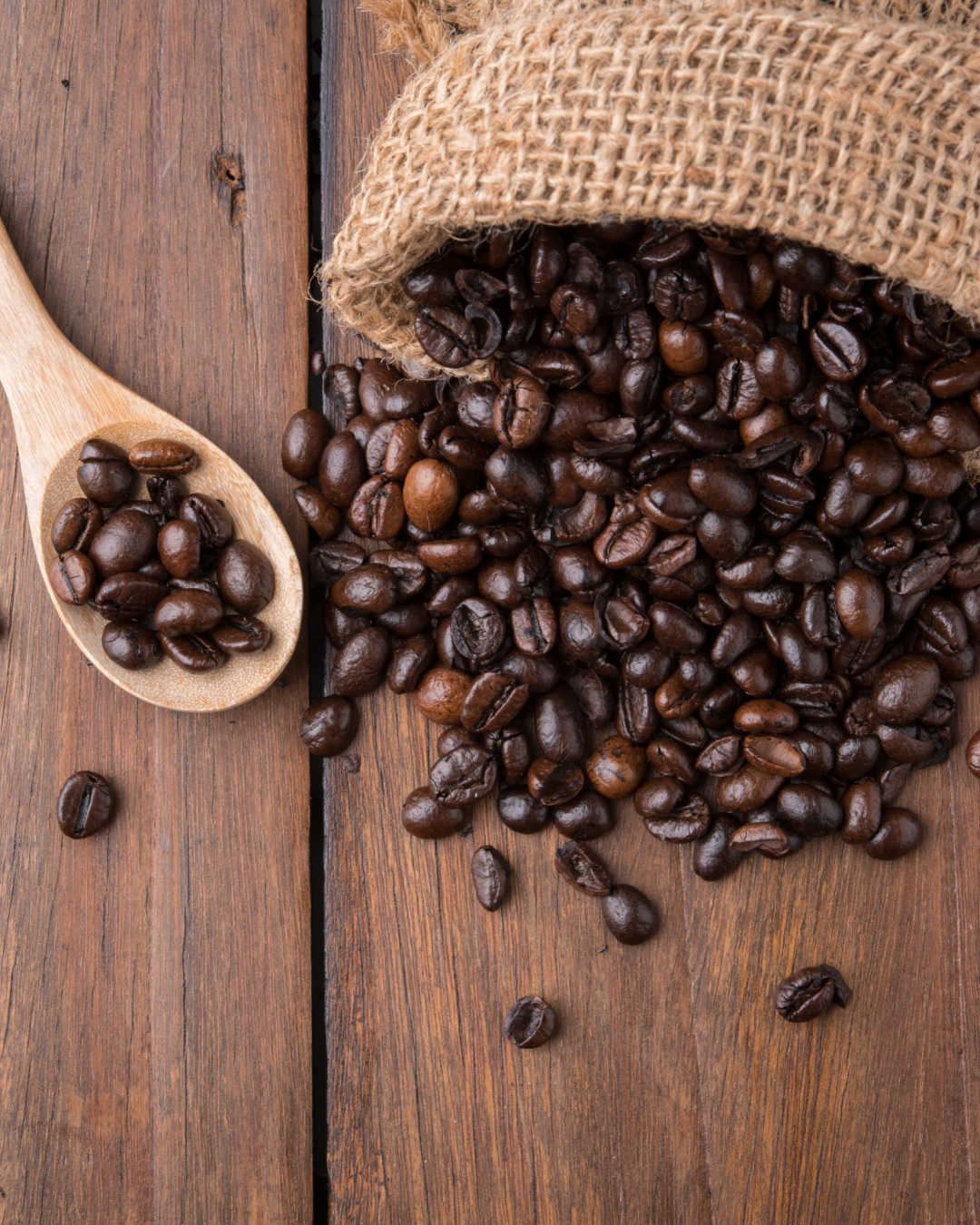
Every cup of coffee starts with the bean, and its story begins long before it reaches your kitchen.
- Type and Variety: The two main species—Arabica and Robusta—have distinct flavor profiles. Arabica tends to be sweeter and more nuanced, while Robusta is bolder and more bitter.
- Origin and Terrain: Where the coffee is grown matters. Soil, altitude, rainfall, and climate all influence the bean’s chemistry. Beans from Ethiopia might have floral and citrus notes, while those from Brazil often taste nutty or chocolatey.
- Farming and Processing: How the coffee is grown (shade-grown, organic, etc.) and processed (washed, natural, honey) changes everything. Washed coffees are cleaner and brighter; natural-processed beans can be fruitier and heavier.
Related Post: How To Choose The Best Beans For Black Coffee
2. Roasting: A Flavor Alchemy
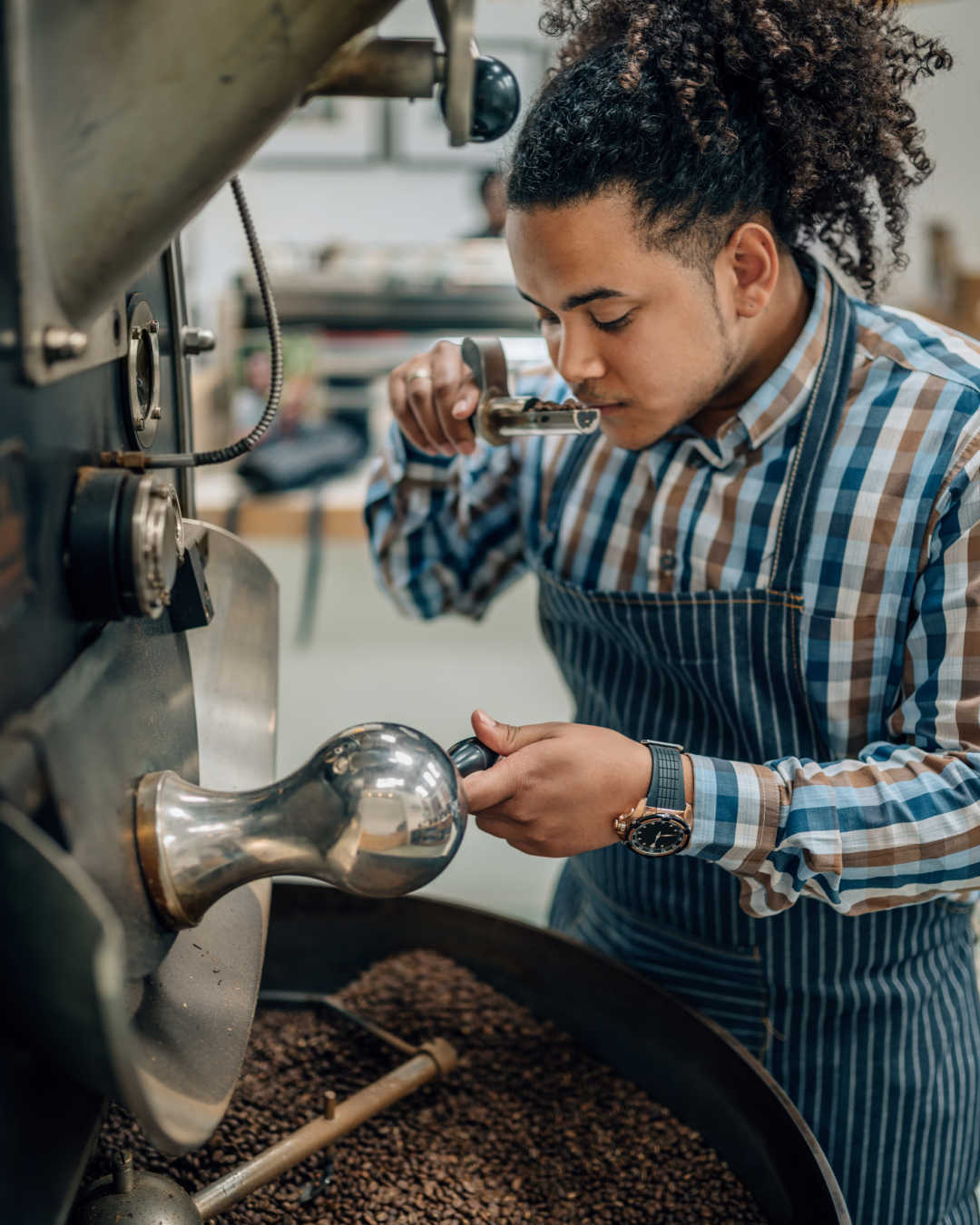
Roasting transforms green coffee beans into the aromatic, brown beans we know and love.
- Roast Level: Light roasts preserve more of the bean’s original character—think acidity and fruitiness. Medium roasts try to balance acidity and sweetness. Dark roasts bring out bold, smoky, or even burnt flavors, sometimes masking origin nuances.
- Roasting Technique: How quickly or slowly beans are roasted, and how heat is applied, affects the breakdown of acids and sugars, which in turn shapes the flavor balance.
Freshness is crucial. Coffee is a perishable product—freshly roasted beans deliver vibrant flavors, while stale beans taste flat.
3. Grinding: Unlocking Aroma and Taste
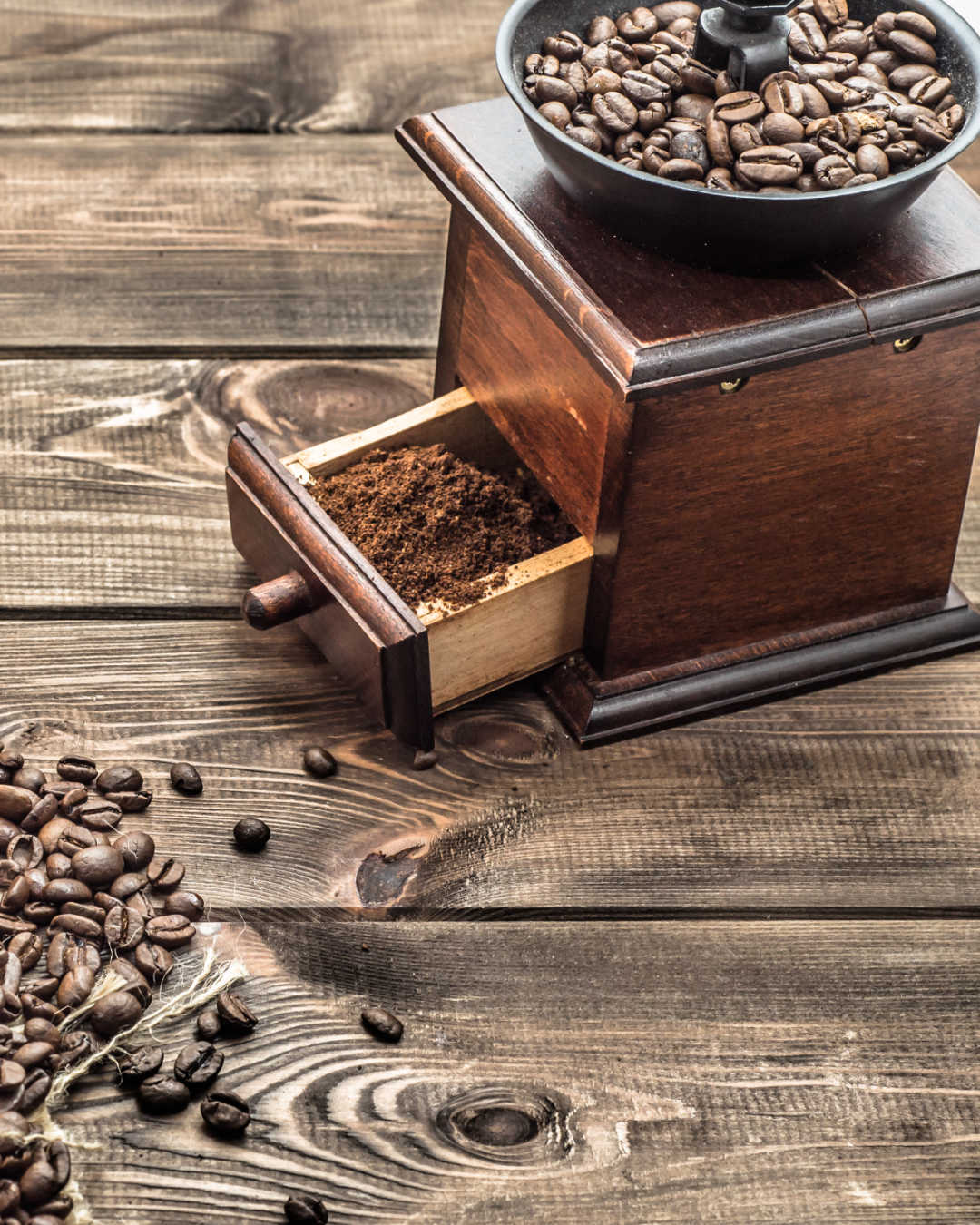
Once roasted, the beans must be ground. Here, grind size and timeliness are key.
- Grind Size: Finer grinds extract more quickly and can lead to bitterness if overdone. Coarser grinds may under-extract, resulting in a weak or sour cup.
- When You Grind: Grinding just before brewing preserves volatile aroma and flavor compounds that quickly dissipate after exposure to air.
4. Water: The Unsung Ingredient
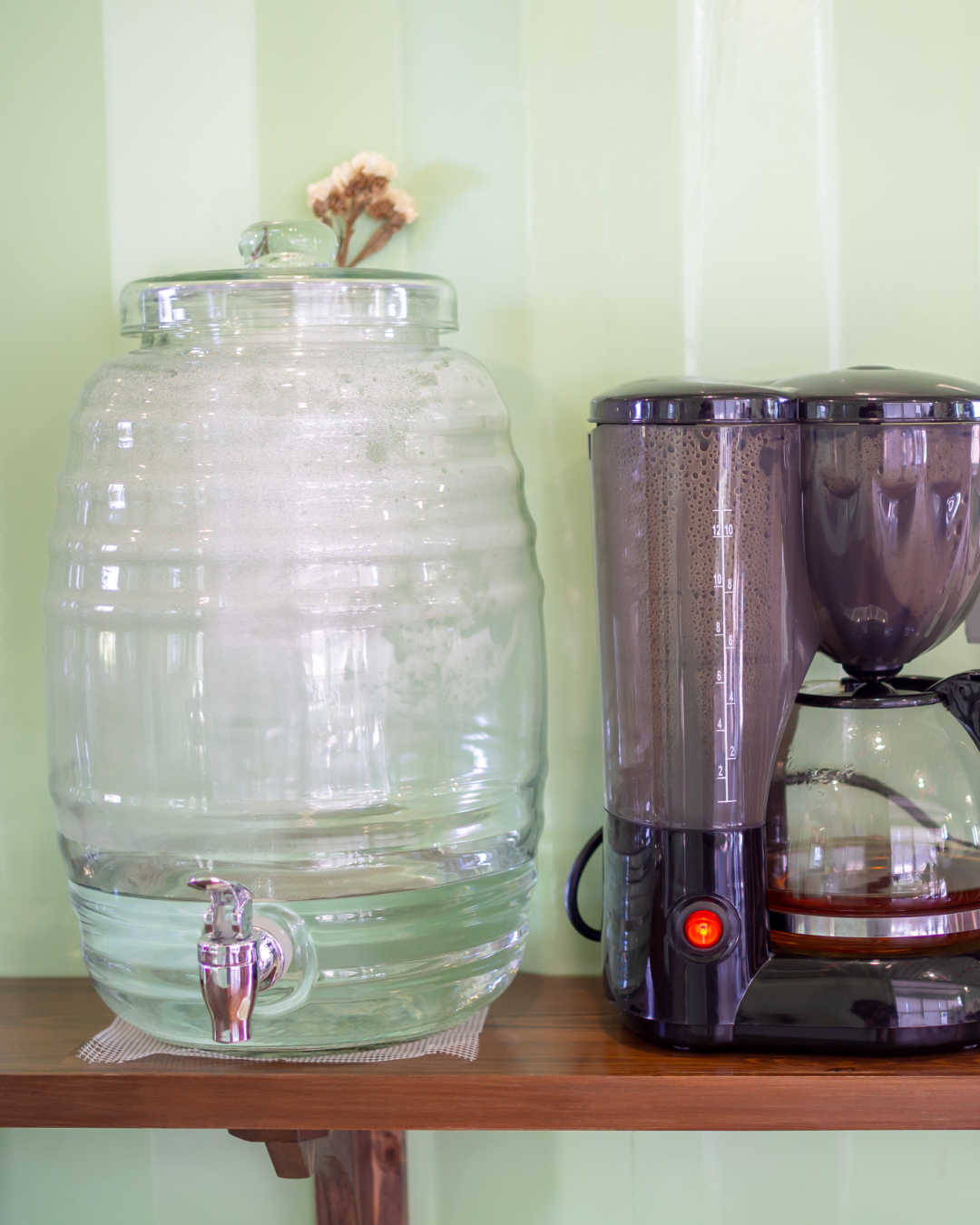
Coffee is 98% water, so its quality and temperature are vital.
- Water Quality: Minerals in water (like calcium and magnesium) can enhance or mute coffee flavors. Too many minerals (hard water) can make coffee taste harsh; too few (soft water) can make it taste flat.
- Water Temperature: The sweet spot for brewing is typically between 90°C and 96°C (195°F–205°F). Too hot, and you risk bitterness from over-extraction; too cool, and your coffee may taste sour or weak.
5. Brewing Variables
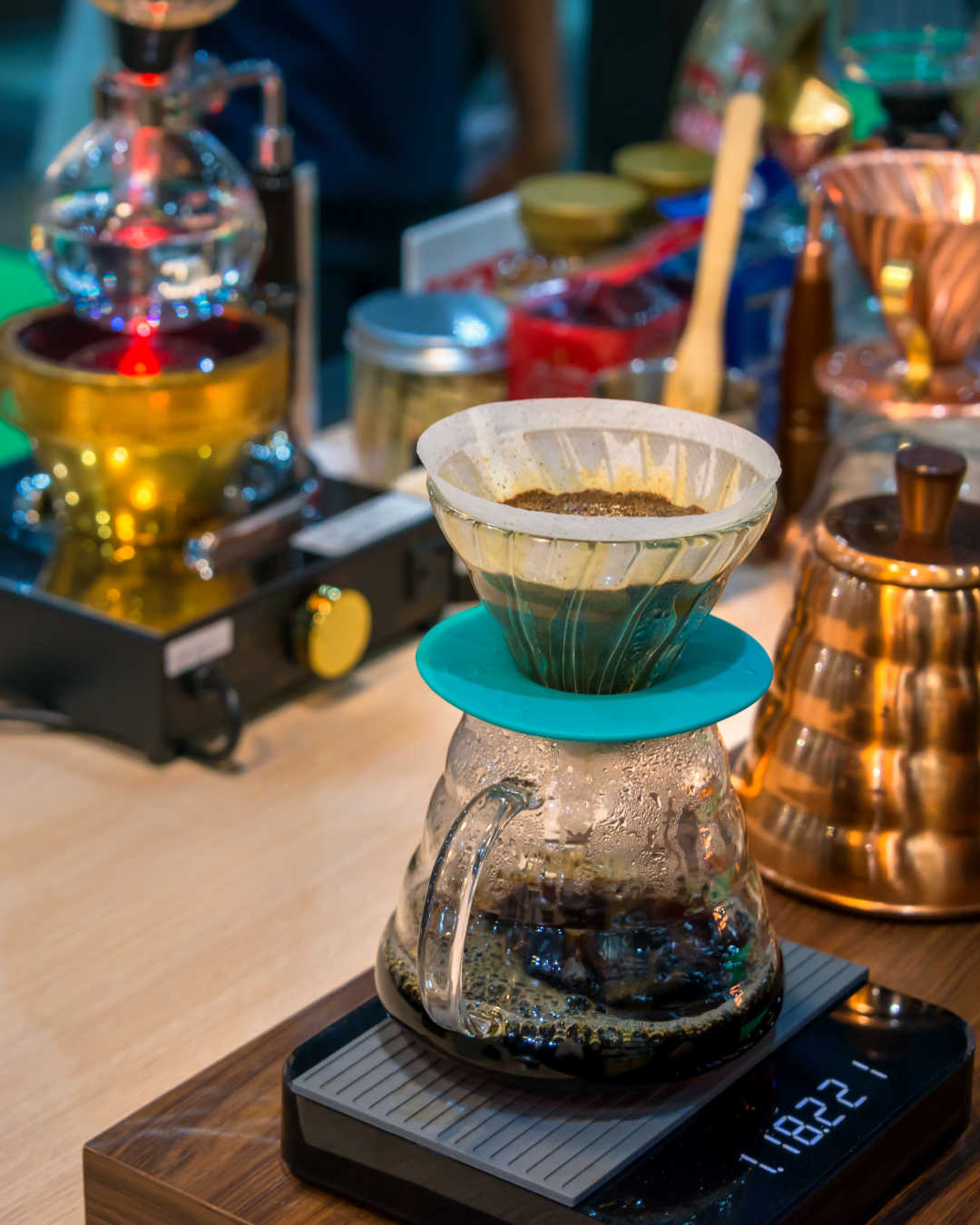
How you brew your coffee is where art meets science.
- Coffee-to-Water Ratio: This determines strength. Too much coffee, and your cup will be overpowering; too little, and it’ll be watery.
- Brew Method: Each method—pour-over, French press, espresso, Aeropress—extracts different compounds and textures. For example, French press tends to yield a heavier, oilier cup, while pour-over is cleaner and more delicate.
- Brew Time: Over-extraction (brewing too long) leads to bitterness; under-extraction (too short) results in sourness or thinness.
- Extraction Yield: This refers to how much of the coffee’s soluble material ends up in your cup. The right balance delivers sweetness, acidity, and body in harmony.
Related Post: Discover Your Best Black Brew: A Brief Guide to Coffee Brewing Methods
6. Equipment: Cleanliness and Design
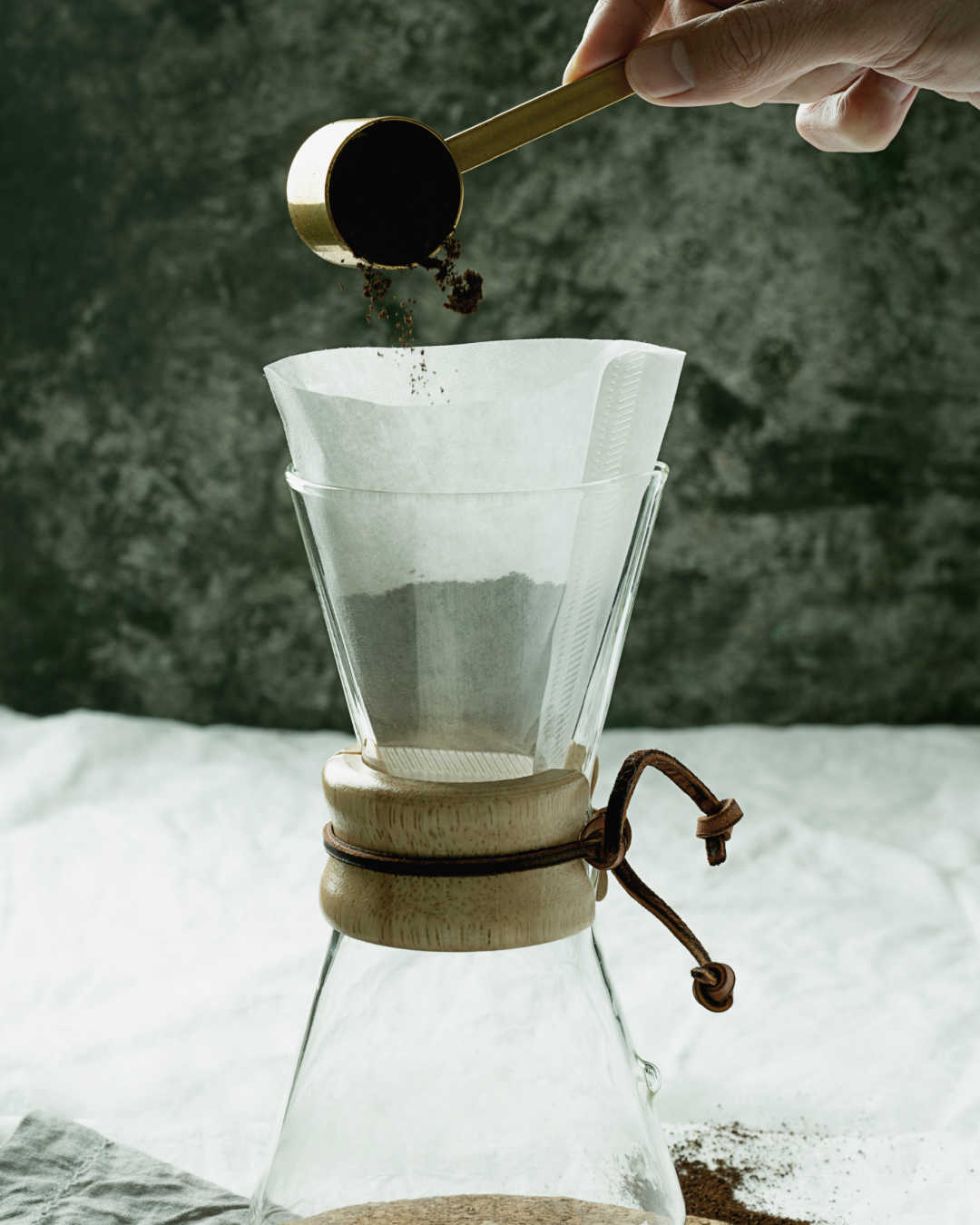
Beyond beans and brewing, the equipment you use can have a surprising impact on your coffee’s flavor. From the type of filter to how clean your grinder is, small details in your gear can make the difference between a crisp, delicious cup and one marred by off-flavors.
- Cleanliness: Old oils and grounds left in your grinder or brewer can add rancid or off flavors.
- Filter Type: Paper filters trap more oils and fine particles, resulting in a cleaner cup. Metal filters allow more oils through, giving a fuller body.
7. Storage: Preserving Freshness
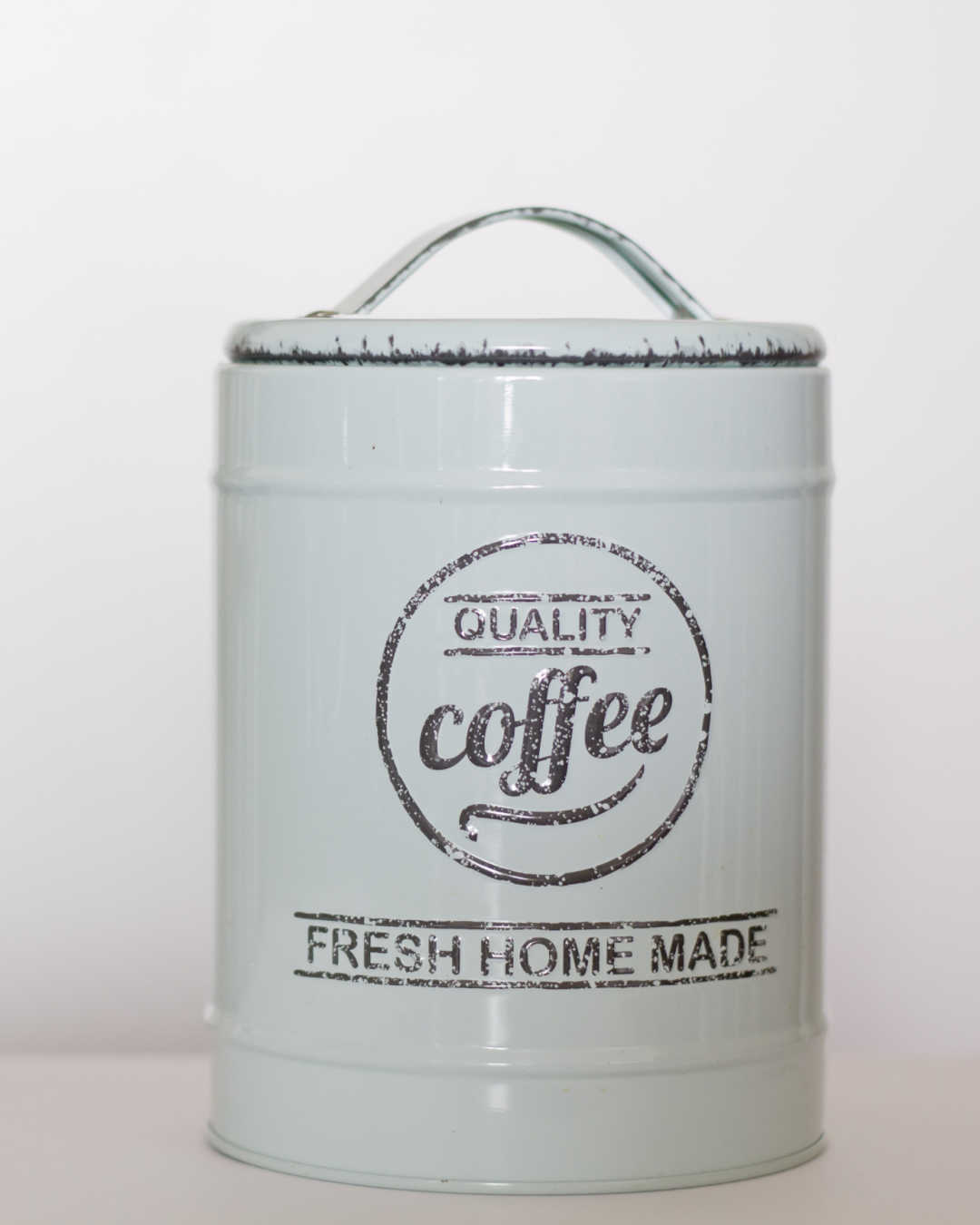
Even the best beans will lose their flavor if not stored properly. How you keep your coffee between brews plays a crucial role in maintaining its freshness, aroma, and overall taste.
- Bean Storage: Exposure to air, moisture, heat, and light accelerates staling. Store beans in a cool, dark, airtight container to keep flavors vibrant.
8. Coffee Chemistry: Acidity, Bitterness, Sweetness, and Body
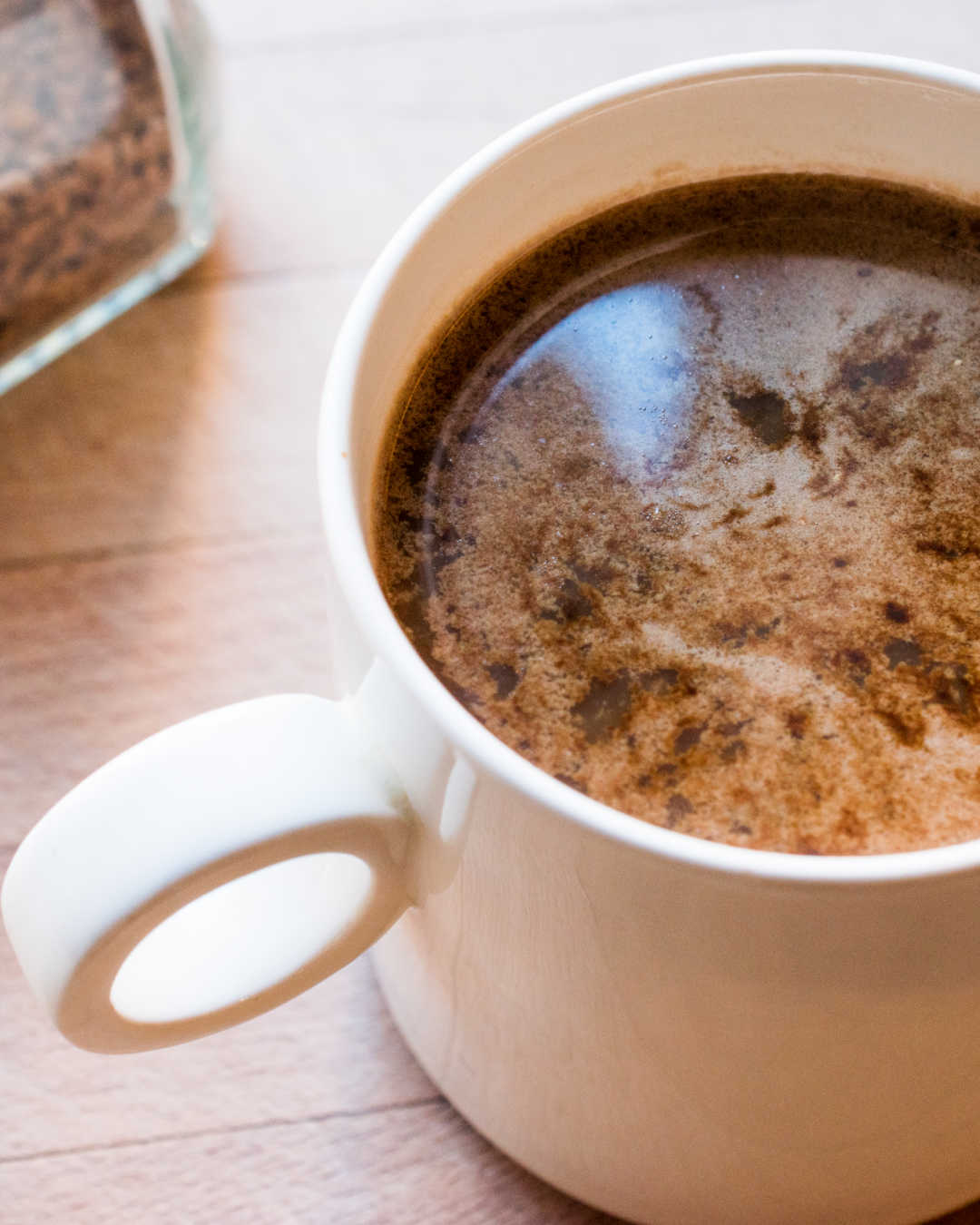
The sensory experience of black coffee is shaped by its underlying chemistry. Elements like acidity, bitterness, sweetness, and body interact in every cup, creating the complex flavor profile.
- Acidity: Often perceived as brightness or liveliness, acidity is prized in many specialty coffees.
- Bitterness: Comes from certain compounds released during roasting and extraction; can be pleasant or overwhelming.
- Sweetness: Indicates proper bean development and roasting.
- Body: The tactile feel—light and tea-like or heavy and syrupy—depends on brewing method and bean type.
9. Personal and Genetic Factors
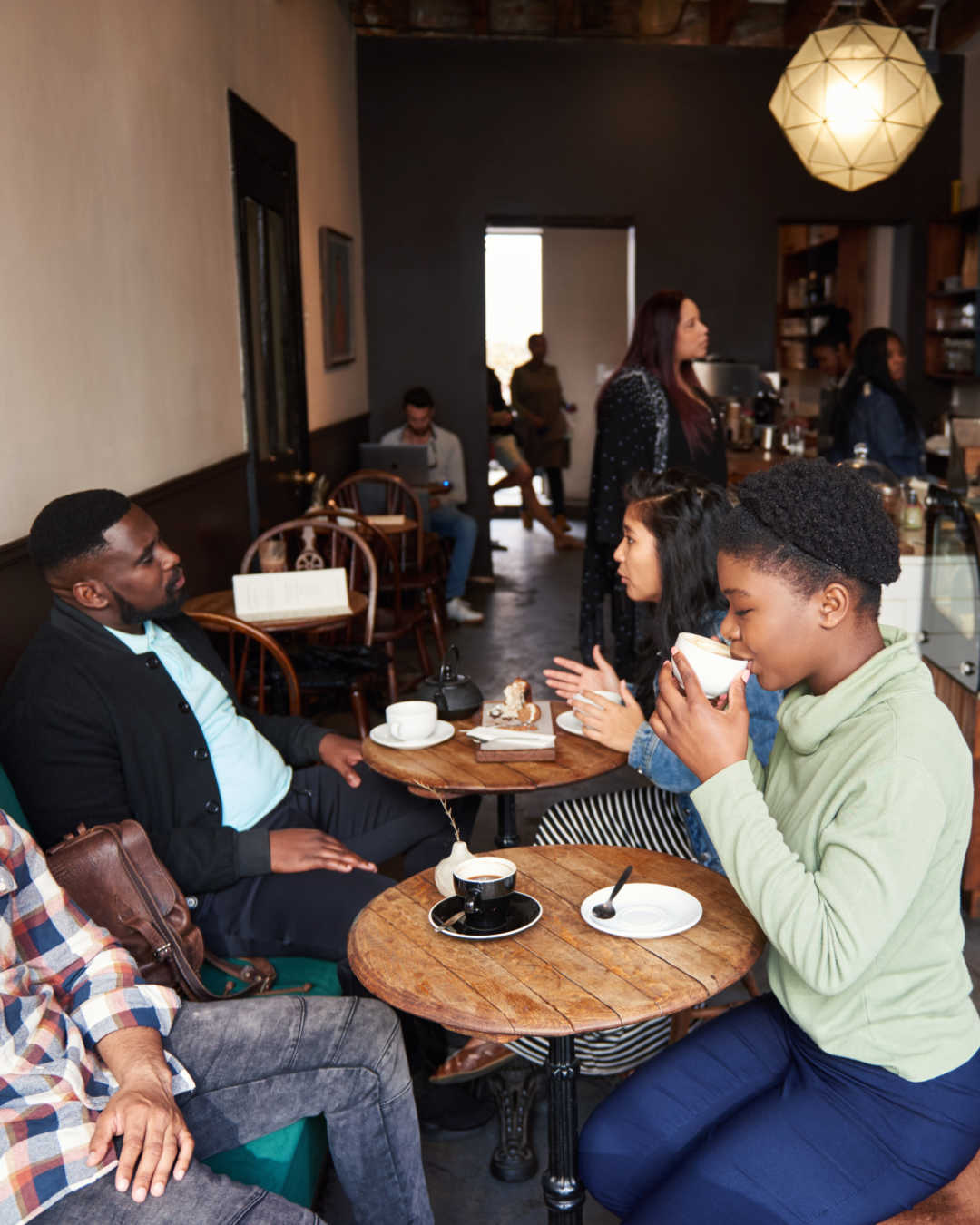
Finally, the way you perceive coffee’s flavors is influenced by your own biology and experiences. Genetics and personal taste preferences mean that no two people experience a cup of black coffee in exactly the same way.
- Genetics: Some people are more sensitive to bitterness, which can affect their enjoyment of black coffee.
- Personal Preferences: Your history with flavors (like dark chocolate, grapefruit, or bitter greens) shapes how you perceive and enjoy black coffee.
Summing Up
Black coffee is a canvas that reflects the choices of farmers, roasters, and brewers—and your own preferences. The next time you sip a cup that tastes extraordinary (or disappointing), remember: it’s the result of a complex interplay of nature, science, and craft. Experiment, take notes, and discover what makes your perfect cup.
Whether you’re a casual drinker or a budding aficionado, appreciating the variables behind black coffee’s taste is the first step to making every cup your best yet.
The Black Coffee Life will be looking at each one of these variables in-depth with other articles!